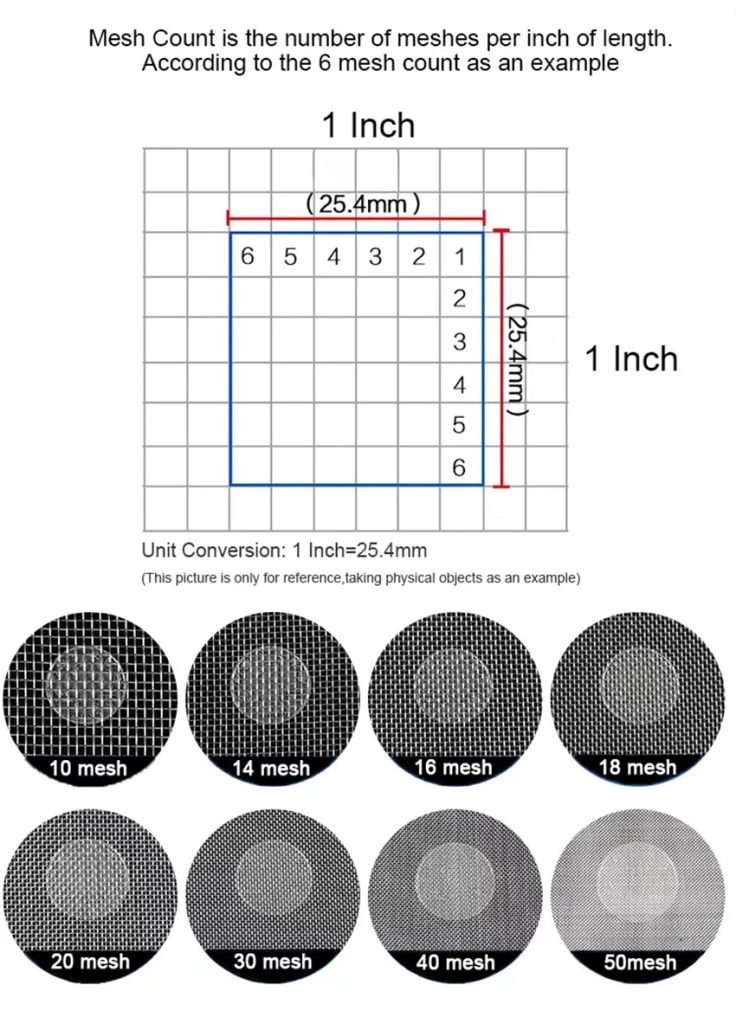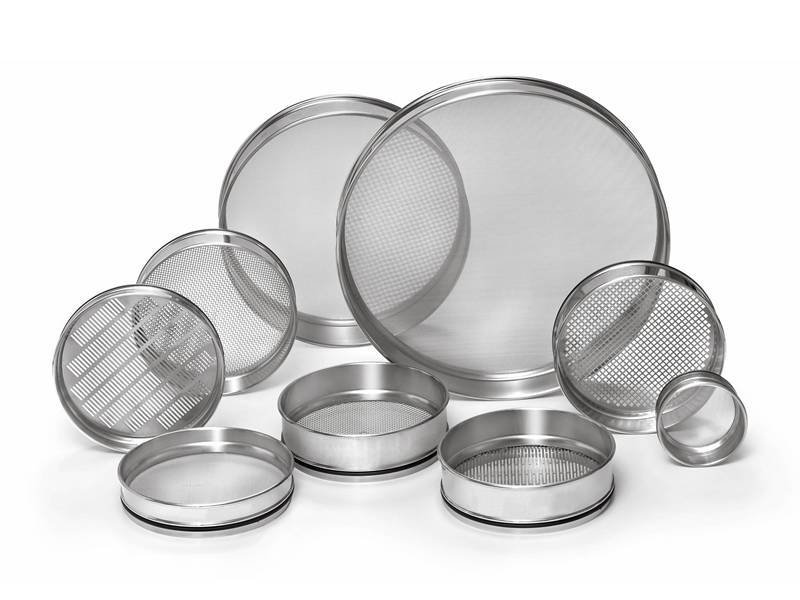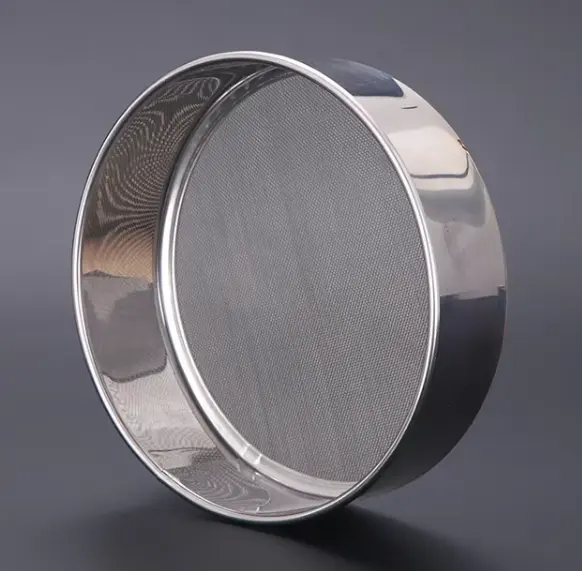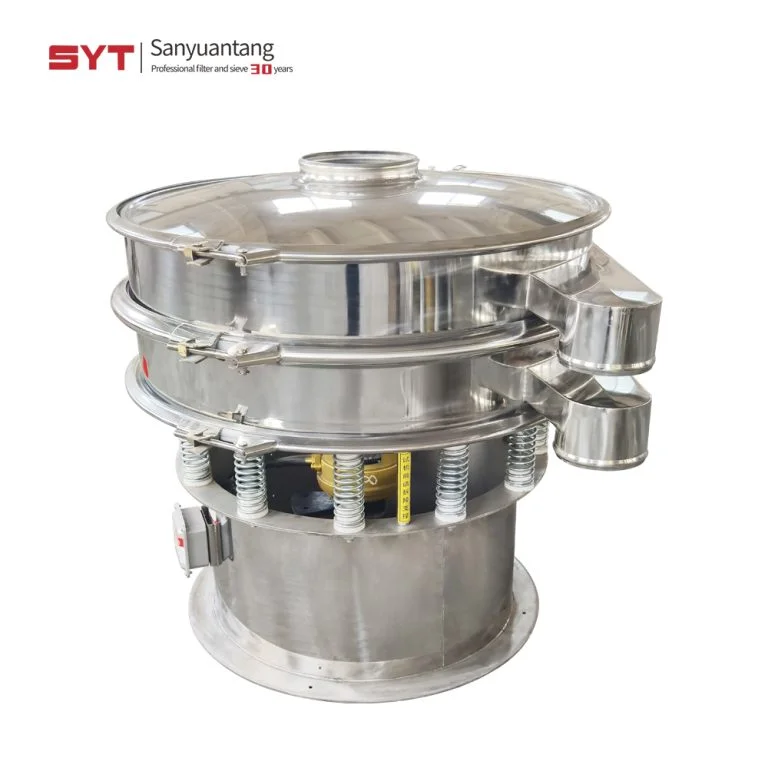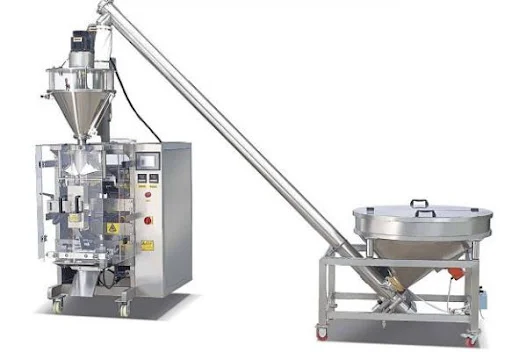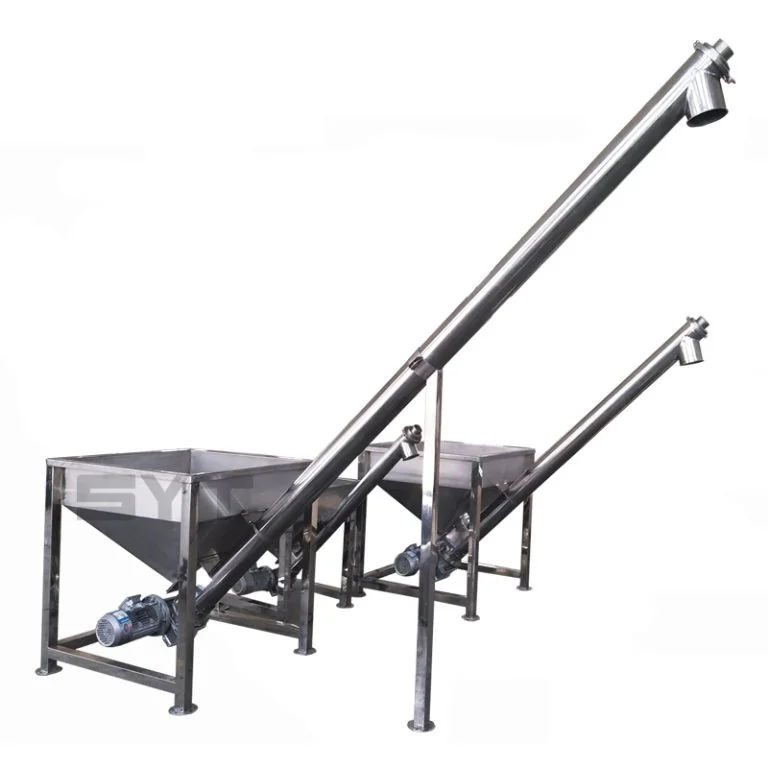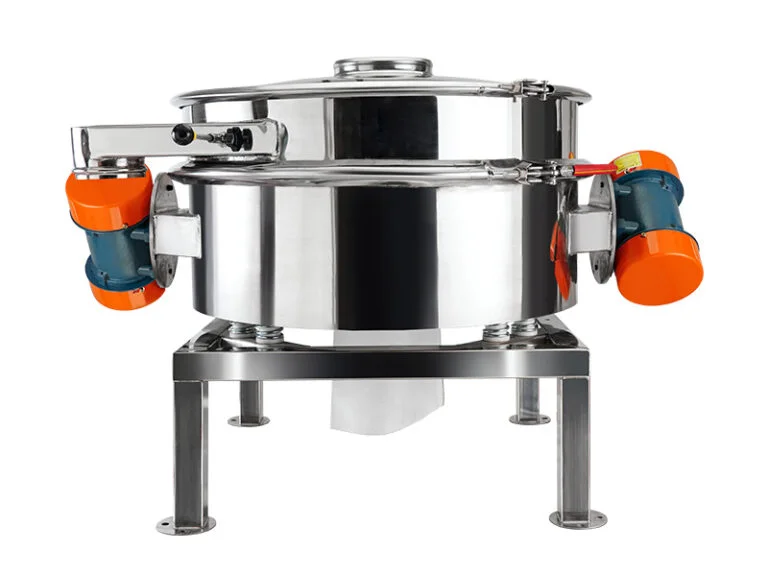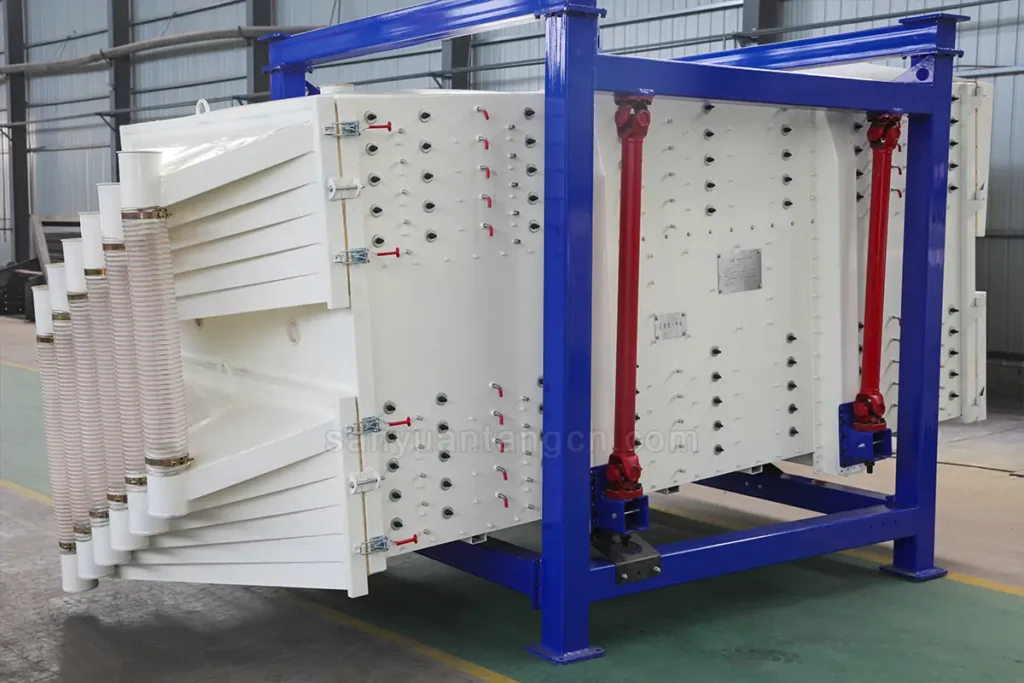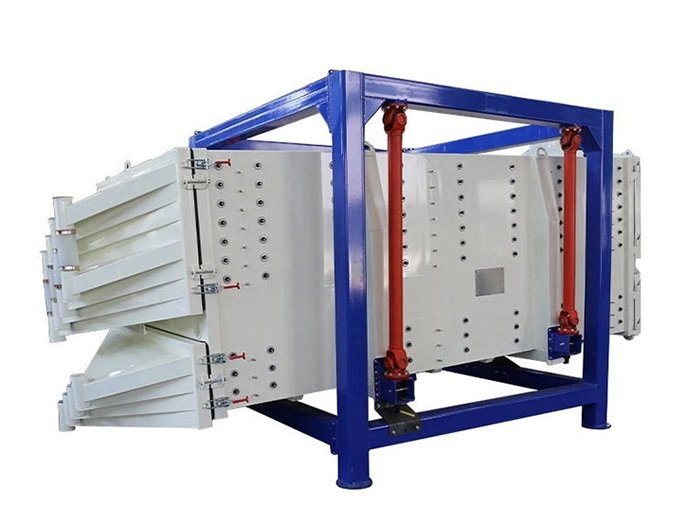Test sieve shaker (also known as standard test sieve/analysis sieve), is a professional instrument for particle size analysis in the laboratory. Through the vibration screening of multi-layer standardized sieve mesh, the particle size distribution of the material can be accurately determined. As a fine screening equipment in accordance with ISO/ASTM/GB standards, it is characterized by automatic timing, easy operation, etc. It can separate 2-7 particle sizes at the same time, and is widely used in quality control and R&D testing in the fields of construction, mining, pharmacy, food and chemical industry. This article will focus on the 9 key operational considerations when using the test sieve shaker, to help you avoid common operational misunderstandings, and improve the testing accuracy and efficiency of equipment use. Please continue to read this article:
I. Test sieve Shaker operation specification
Power supply safety check
Before starting the machine, it is necessary to confirm that the power supply voltage matches the rated parameters of the equipment, so as to avoid unstable voltage affecting the screening accuracy.
Horizontal calibration
The equipment must be placed on the horizontal table, tilting will lead to uneven distribution of materials and affect the test results.
Isolation of vibration interference
When the test sieve machine is working, the vibrating parts should keep a distance from other objects to prevent resonance or collision.
Inspection of fastening parts
Regularly check whether the bolts of sieve frame, base and other connecting parts are locked to avoid loosening and causing material leakage or equipment damage.
Scientific selection of screen frame
According to the characteristics of the material (such as particle size, viscosity) to choose in line with the ISO / ASTM standard screen.
Stacking order of sieve frames
According to the aperture of the screen mesh from small to large (from the bottom to the top) in order to stack the screen frame, the wrong order will lead to invalid classification.
Standardized feeding operation
After evenly feeding the material into the top deck, the top cover should be tightly closed to prevent dust or particles from escaping.
Height adjustment and fixing
Adjust the pressure bar according to the total height of the screen frame and fix it symmetrically with the lock nut so that the force is balanced.
Timing function
According to the material characteristics (such as specific gravity, water content) to set a reasonable running time, to avoid over-screening or under-screening.
II. The core advantages of the test sieve shaker
Precision grading: 2-7 kinds of particle size segments can be separated at the same time, with high data repeatability.
Intelligent control: automatic timer shutdown, easy to operate, reduce human error.
Durable design: low noise, lightweight structure, stable operation without fixing.
Application
Suitable for diamond, sand and gravel, pharmaceutical powder, feed, metal powder and other materials particle size detection, to meet the requirements of ISO, GB and other standards.
Conclusion
Through the above, we understand that the standardized operation process is the basis for ensuring the screening accuracy, the correct combination of screen frames and stacking order determines the grading effect, and the reasonable operating parameters can be set to improve the detection efficiency. Whether for quality control, R&D experiments or production testing, the correct use of the test sieve shaker will support your particle analysis. It is recommended to bookmark this article as an operation manual and consult it at any time.
If you need more professional screening solutions or technical guidance, please contact our engineer team, Sanyuantang will provide you with customized services.


